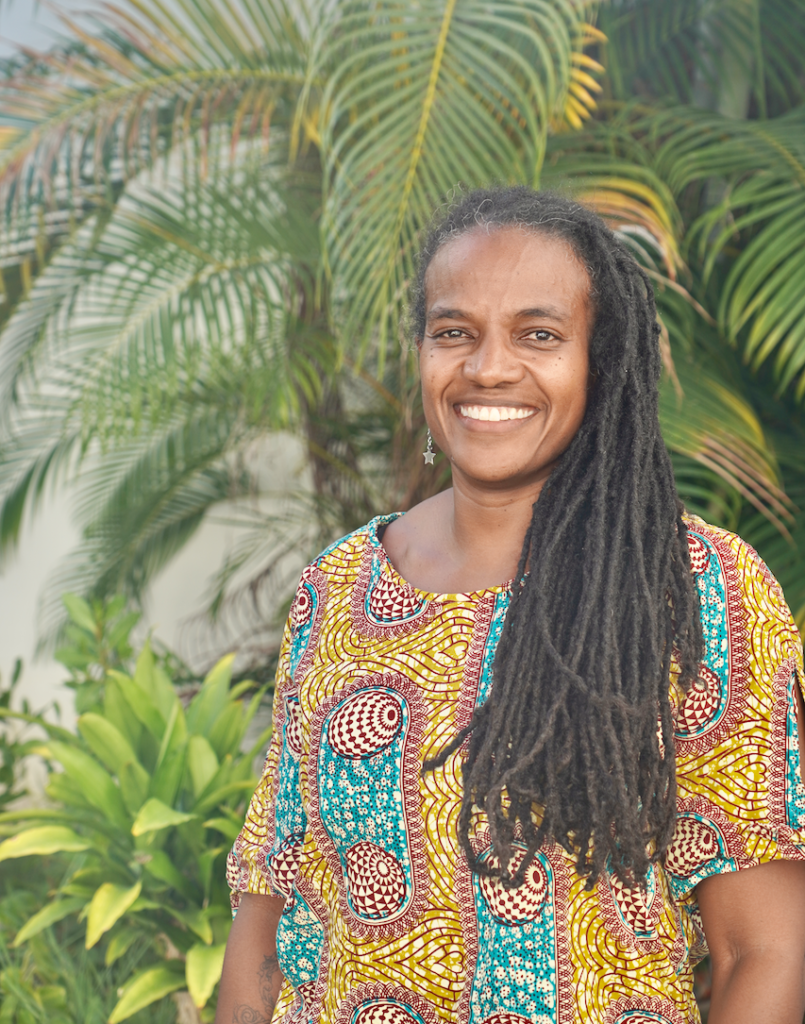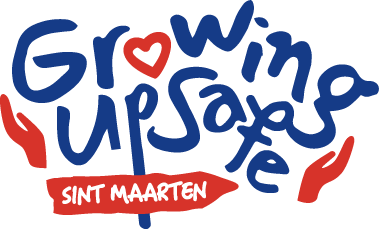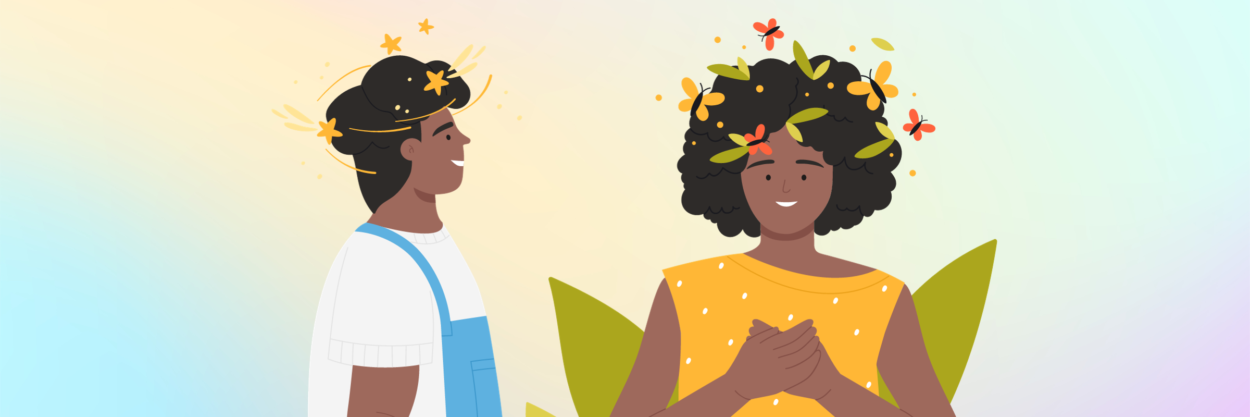
Ramonda Hanze is a special education professional working as a Behavioural Therapist/Orthopedagoog at PSVE Academy. She also provides therapy through her practice ‘Mindful Elevation Caribbean B.V.’, is a life coach, and teaches yoga. During her work, but also in her personal life, Ramonda utilises mindfulness practices. The term “mindfulness” has become popular in recent years.
What is mindfulness, and how can it help? Ramonda explains:
What is mindfulness?
Mindfulness is taking care of your mind and yourself. It is where you learn to be in the moment and find happiness in what you are doing at that time. It helps to focus on the ‘now’ and not feel stressed about what happened in the past or what is to come. When practising mindfulness, you focus on positive thinking without judging yourself or others. You learn to listen to your body and what you feel, gaining acceptance of yourself, your surroundings, and your situation.
When and why did you start practising mindfulness?
At one point in my life, I had a lot of stress. I was working, for what felt like 24 hours a day, and a lot was happening in my life. I searched the web for resources to reduce stress when I came across the term ‘mindfulness’. It spoke to me: learning techniques to be more centred within yourself and not take things on from the outside. I did a stress management coaching course and a mindfulness course online. The techniques I learned helped alleviate my stress and taught me to be more at ease and to enjoy the moment. Now, I use it in my work to help others as well.
What are the benefits of practising mindfulness?
When you can be more in the ‘moment’, you can calm stress signals to your brain, reducing stress and releasing tension. In addition, understanding your body and feelings helps you make healthier decisions for yourself. Coming from a place of self-acceptance also results in being less judgmental of others and trusting others – creating better relationships.
How has it helped some of your clients?
Mindfulness incorporates many breathing exercises, which are very helpful for clients with anxiety. After the breathing exercises, we try to break down what they are anxious about in smaller parts or steps. We focus on taking small steps and being content with where they are now. Practising ‘being in the moment’ helps my clients with anxiety to calm down.
Another example is that when I provide couples therapy, mindfulness and ‘listening to yourself’ can help individuals identify what they are feeling and need – in turn, to communicate this better to their partner.
How do you practice mindfulness with your teenage students?
When the students come into my office, often it is because they are stressed about something or have been in a stressful situation, such as an altercation. Teenagers have a lot of emotions and can quickly feel overwhelmed. I use mindfulness to calm them down, utilising various breathing exercises and meditation music. Once calm, they have a better mindset to reflect and explain themselves.
It’s important for teenagers (and people in general) to learn how to listen to their bodies and feelings. Once they can do this, managing their emotions is much easier, and communicating them to others is as well.
Can you walk us through some of the steps you might take during a mindfulness session?
I ask the students to sit still and focus on their breathing. I ask them to listen to what is going on in their mind and what is going on in their body. We figure out what they are worried about and break it down into smaller steps. If there are negative thoughts in their mind, we try to turn them into positive thoughts – helping them feel confident in taking those next steps.
How can other professionals, such as teachers, incorporate mindfulness into their work with children?
It would be great to make some space for mindfulness every day. It’s a great way to start a class and helps students to become calm and settle down. You can do a short meditation or breathing exercise with them, ask them to share their feelings, or have them repeat positive affirmations for the day.
As a teacher, you must be aware of your students and that each one can be different. Some students might be unable to easily sit still – so they should be allowed the space to do another exercise. Movement is another good way to release stress.
How can mindfulness protect children?
When children understand their emotions better, they can process them more easily. It’s also easier for them to communicate those feelings to others, creating healthier and safer relationships. Children who understand their emotions are often also more confident and will be better able to handle conflict or setbacks. In addition, they are less likely to remain in situations that feel uncomfortable or unsafe – by listening to their body and intuition.
Can you give three actionable ways parents or caregivers can practice mindfulness with their children?
1) Together with your child(ren), share three things you are grateful for every day, perhaps over breakfast or after school. The more our brain is told positive things, the less it’s in a ‘fight or flight’ mode. Focusing on something you are grateful for redirects your attention away from stressful situations. You are essentially ‘rewiring’ your brain to be in a calmer state.
2) Practice positive affirmations with your child(ren). Saying things out loud like: I am beautiful, I am going to do well at school today, I am smart and able, etc. might feel a bit unnatural at first, but with practice, they can help to boost your own (and your child(ren)’s) self-confidence. Instead of starting the day with thoughts of “I cannot do this” or “What if I fail?” affirmations help you tackle challenging tasks with a positive mindset.
3) Meditate with your child(ren). On YouTube, there are a lot of guided meditation or breathing videos. You can easily find one that fits your needs. Again, meditation takes some practice but can help reduce stress and is excellent for children or adults with anxiety.
Any advice for other professionals who work with children?
I can get emotional when a student is going through a tough time – sometimes, there are heartbreaking stories and situations. I’m sure other professionals working with children on Sint Maarten have felt the same. However, I must stay in a good mental space to help them. So, I take a few deep breaths to clear my mind and help the child feel as comfortable as possible in that moment. I focus on the steps to help the student instead of the resources we might not have.
You must take time to check in with your emotions and well-being. I enjoy going outside, taking in fresh air, doing yoga, and being in the moment. Self-care is crucial; this would be my advice.
Those interested in reaching Ramonda for a consultation can contact her here: https://hihello.me/p/64ea9bd7-2416-453d-b03a-e77b2cc20d98



